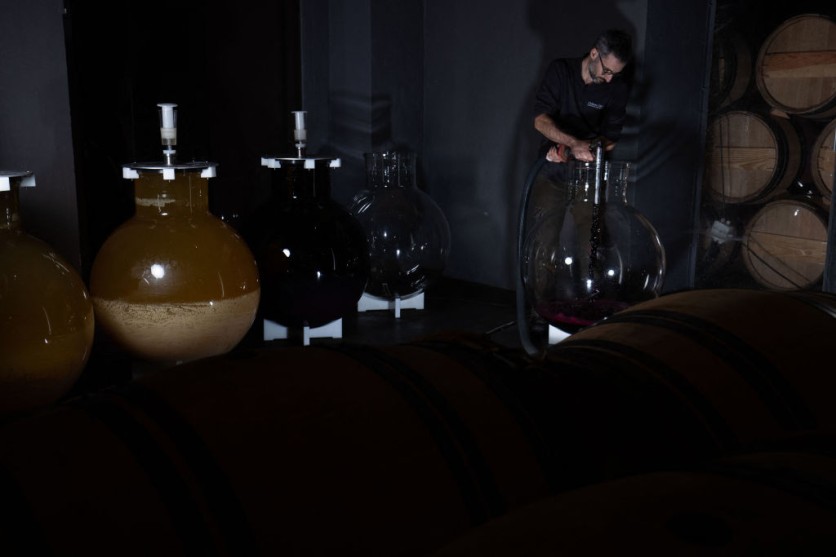Archaeologists have made an exciting discovery just outside Rome that sheds light on the opulent lifestyles of elite Romans during the mid-third century CE.
The remains of a unique winery have been uncovered at the Villa of the Quintilii, located along the Via Appia Antica, revealing a level of performance and luxury rarely found at an ancient production site.
The discovery was detailed by Emlyn Dood, one of the archaeologists from the British School at Rome, in an article published in The Conversation.

Ancient and Opulent
The villa complex, which spans 24 hectares, was owned by the wealthy Quintilii brothers, who served as consuls in 151 CE. Following their deaths at the hands of the Roman emperor Commodus in 182/3 CE, the villa became the property of the imperial family.
Although the site has long been known for its decorative architecture, including high-quality statuary and a monumental bathing complex, the winery is a new and exciting discovery.
It was built on top of the starting gates of a circus for chariot racing that was constructed during the reign of Commodus, which dates the winery to after his reign.
The winery possesses typical elements of ancient Roman wineries, such as a grape treading area, two wine presses, a vat to collect grape must, and a cellar for storage and fermentation.
However, the decoration and arrangement of these features are almost unparalleled in the ancient world, according to Dood.
The production areas are clad in marble veneer tiling, with even the treading area coated in red breccia marble, a luxurious material that imparts a sense of opulence despite its impracticality.
In addition to this, two immense mechanical lever presses are situated on either side of the treading area, adding to the theatricality of the production process.
After the grape juice was extracted through treading and pressing, it was channeled into a long rectangular vat. This vat bears a stamp featuring the name of the short-lived emperor Gordian, which provides valuable information about when the winery was constructed or refurbished.
Read Also : French Archaeologists Uncover Ancient Roman-era Monumental Complex from the 2nd-3rd Century AD
The Winery's Spectacle
The real spectacle of the winery, however, would have begun with the grape must pouring out of the vat and through a facade that closely resembles a Roman nymphaeum, a monumental decorated fountain.
The winery had a unique system where three central niches directed grape must out while the two end niches channeled water back underground via lead pipes. White marble channels must carry grapes into an open-air cellar area and into 16 large buried clay jars.
Three extravagant rooms adorned with geometric marble tiles surrounded the cellar, providing a space suitable for an imperial gathering. This winery was used as a "theatre" for the vintage ritual, which coincided with the ceremonial opening of the harvest.
Dood notes it is likely the emperor and his entourage reclined, ate, watched the production spectacle, and tasted the freshly pressed must.
The Villa of the Quintilii is not the only winery facility of its kind; a similar opulent marble-clad winery can also be found at Villa Magna, located about 50 kilometers southeast of Anagni. This winery was in use during the early second to early third century CE and also had a dining area that overlooked the production spaces.
The findings of the study were further detailed in Antiquity.
Related Article : Authenticated Ancient Roman Coin Reveals a Previously-Unheard Emperor from the 260s CE

ⓒ 2025 TECHTIMES.com All rights reserved. Do not reproduce without permission.




